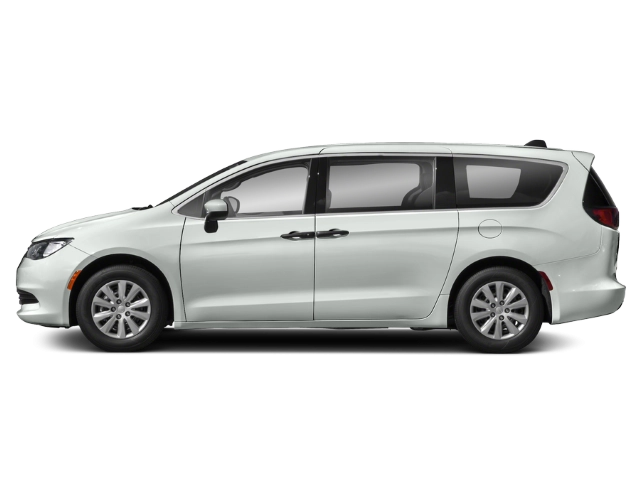2021 Chrysler Voyager Owner's Manual

Table of Contents
2021 Chrysler Voyager Overview
Introduction
The 2021 Chrysler Voyager redefines family transportation with its blend of versatility, comfort, and modern technology. Designed specifically as a budget-friendly alternative to the Pacifica, the Voyager is a practical and spacious minivan that caters to the needs of large families, making it an ideal choice for both daily commuting and weekend getaways. With its refined styling and array of thoughtful features, the Voyager stands poised to make every journey enjoyable and efficient.
Powertrains
Under the hood, the 2021 Chrysler Voyager boasts a single robust powertrain option: a 3.6-liter V6 engine that delivers a commendable 287 horsepower and 262 lb-ft of torque. Paired with a smooth-shifting 9-speed automatic transmission, this dynamic powertrain ensures reliable performance, whether navigating city streets or cruising on the highway. The Voyager is also equipped with a fuel-efficient design, providing an EPA-estimated 19 mpg in the city and 28 mpg on the highway, allowing families to travel further while spending less on fuel.
Trims
The Voyager comes in two well-equipped trims: the base L trim and the higher-end LXI trim. The L trim offers essential features for everyday use, including tri-zone climate control, a 7-inch touchscreen infotainment system, and rear parking sensors. The LXI trim adds luxury and convenience, showcasing upgraded upholstery, a larger infotainment display, and a robust suite of safety features, making it perfect for families seeking both function and style.
Features
In terms of amenities, the 2021 Chrysler Voyager does not disappoint. It features an impressive array of technology options, including Apple CarPlay and Android Auto compatibility, allowing seamless connectivity while on the go. Ample storage space, versatile seating configurations, and an available rear entertainment system further enhance the family-friendly environment. Safety is a top priority, with advanced safety features such as adaptive cruise control, blind-spot monitoring, and automatic emergency braking providing peace of mind.
Owner's Manual
The 2021 Chrysler Voyager owner's manual provides comprehensive information on the vehicle's operation, safety guidelines, and maintenance schedules. It serves as an essential resource for new owners, facilitating a better understanding of the minivan's features and functionalities, ensuring that families can maximize their enjoyment and safety on the road.
User manual download
The Chrysler Voyager owner manual for the 2021 model year is to be found in PDF downloadable format on this page. The owner manual for the model year 2021 is free and in English, but the repair manuals are usually not easy to get and may cost more.
Manual Questions
Fill the form below and someone will help you!

